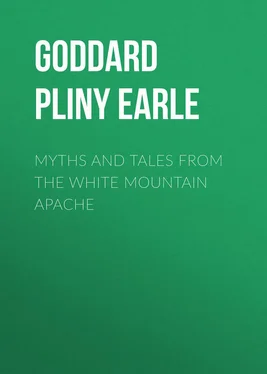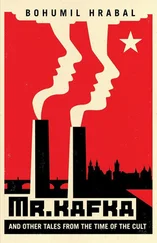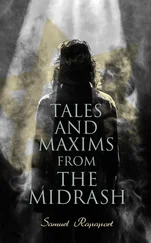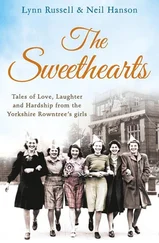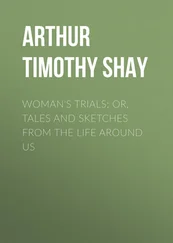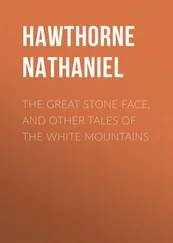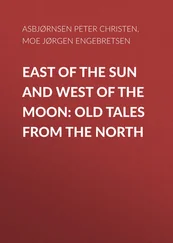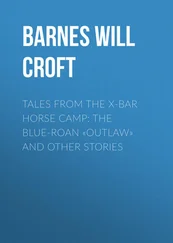Pliny Goddard - Myths and Tales from the White Mountain Apache
Здесь есть возможность читать онлайн «Pliny Goddard - Myths and Tales from the White Mountain Apache» — ознакомительный отрывок электронной книги совершенно бесплатно, а после прочтения отрывка купить полную версию. В некоторых случаях можно слушать аудио, скачать через торрент в формате fb2 и присутствует краткое содержание. Жанр: foreign_antique, foreign_prose, на английском языке. Описание произведения, (предисловие) а так же отзывы посетителей доступны на портале библиотеки ЛибКат.
- Название:Myths and Tales from the White Mountain Apache
- Автор:
- Жанр:
- Год:неизвестен
- ISBN:нет данных
- Рейтинг книги:4 / 5. Голосов: 1
-
Избранное:Добавить в избранное
- Отзывы:
-
Ваша оценка:
- 80
- 1
- 2
- 3
- 4
- 5
Myths and Tales from the White Mountain Apache: краткое содержание, описание и аннотация
Предлагаем к чтению аннотацию, описание, краткое содержание или предисловие (зависит от того, что написал сам автор книги «Myths and Tales from the White Mountain Apache»). Если вы не нашли необходимую информацию о книге — напишите в комментариях, мы постараемся отыскать её.
Myths and Tales from the White Mountain Apache — читать онлайн ознакомительный отрывок
Ниже представлен текст книги, разбитый по страницам. Система сохранения места последней прочитанной страницы, позволяет с удобством читать онлайн бесплатно книгу «Myths and Tales from the White Mountain Apache», без необходимости каждый раз заново искать на чём Вы остановились. Поставьте закладку, и сможете в любой момент перейти на страницу, на которой закончили чтение.
Интервал:
Закладка:
Pliny Earle Goddard
Myths and Tales from the White Mountain Apache / Anthropological Papers of the American Museum of Natural / History Vol. XXIV, Part II
Introduction
These myths and tales are the free translations of texts recorded in the dialect of the White Mountain Apache. The texts themselves with word for word translations follow as Part IV of the volume. They were recorded, with one exception, during the winter of 1910 as a part of the studies made in the Southwest under the yearly grant of Mr. Archer M. Huntington. The creation myth, secured from Noze, differs in important incidents from the versions given above from the San Carlos as well as from versions secured from other White Mountain Apache. It should not be assumed that these differences are tribal, it is more probable that they are individual, since forms from the San Carlos and Navajo are closely similar to each other.
The greater number of the remaining narratives were secured from the father of Frank Crockett, the interpreter employed. Several of these are ceremonial and religious in their character and probably would not have been given except for the son's influence. Two of these were later secured from San Carlos informants in more extended form but highly corroborative in their general agreement.
The main purpose in recording these narratives was to secure sufficient and varied connected texts in the dialect of the White Mountain Apache. As a collection of mythology and folklore it is probably far from complete. It is assumed, however, to be fairly representative.
Pliny Earle Goddard.January, 1919.
Creation Myth. 1 1 Told by a White Mountain Apache called Noze, at Rice, Arizona, in January. 1910. Noze was a native of Cedar Creek and came to the San Carlos Reservation when it was organized. He was for a long time the chief of a considerable band which in 1910 had greatly dwindled. He died some time between 1910 and the next visit in 1914.
There were many houses there. A maiden went from the settlement to the top of a high mountain 2 2 This mountain was said to be called tsidalanasi and to stand by the ocean at the south. This is a remarkable statement as east would have been expected and as is so stated in fact in a following paragraph.
and came where the rays of the rising Sun first strike. She raised her skirt and the “breath” of the Sun entered her. She went up the mountain four mornings, and four times the breath of the Sun penetrated her. This girl who had never been married became pregnant and the people were making remarks about it.
She went up the mountain on four successive days and four days after that, eight days altogether, she gave birth to a child. Four days later, the child stood on its feet. His fingers and toes were webbed and he had neither eyebrows nor eyelashes and the hairs on his head were scattered, one in a place. His ears were round with only the openings. Everyone said he did not look like a man. After four more days he walked well and played with the other children.
His mother went again to the east and lay down under a place where water was dripping. The water fell into her as it dripped from the hanging algæ. She did this four times and became pregnant. After four days they all saw that her abdomen was enlarged and when she had been in that condition four days, eight days in all, she gave birth to another child. 3 3 This makes the boys brothers in our use of the word. They are always so called in the Navajo account according to which their mothers were sisters. Matthews, 105.
When it was four days old it stood up and was able to walk well. Its appearance was like that of the first child. It had webbed hands and feet and was without hair. It had round ears with holes only. The children walked about together, the head of one being higher than that of the other.
The people were asking, “Whose children are these going about?” They wanted to know who would make them like human beings. “Who are the kin of the woman whose children are going about among us?” The mother had a sister who wondered why the people were saying these things, for the boys had a father who lived a long way off.
The boys were eight days old and big enough to run about and were becoming intelligent. They asked their mother where their father was living. “Why do you ask?” she said. “You cannot go to him.” “Why do you say that? Why do you hide our father from us?” the boys asked. “Well, do you really want to go where your father lives?” she asked them. “Why do you suppose we are asking?” the boys replied. “We will go where our father lives.” Their mother told them that they were talking foolishly, that the distance was great, and that they would not be able to go. The boys insisted but were again discouraged by their mother. They finally said that it must be they had no father if they could not go to him. The mother then consented and said they three would go to the top of a great mountain. She cut a supply of meat and after four days, when it was near dawn, they started. They came to the top of the mountain when it was day and stood there facing the Sun. The woman stood between the boys holding them by the hand. When the sun was rising she said: “Look, your father is rising. Observe well. His breath streams out from four sides. Go towards the streaming out of his breath. There are dangerous things living in the east. What have you to go with?” She had a brown fly and she gave it to the boys, that it might sit by their ears. The fly was to show them the way and tell them where the dangerous ones lived.
She told them they were to start at midday. They remained there until the sun reached the sky hole. 4 4 At the center of the sky.
They then went four times around the trees on top of the mountain. The woman started home and the boys set out on their journey.
The boys went toward the east but the Sun was going in the opposite direction. 5 5 And therefore the boys were not seen by the Sun.
The boys sat down and cried. A Raven, spreading out his wings, alighted nearby and asked the boys why they were crying. The boys replied that their father lived over there and that they were going to visit him. The Raven asked if they were carrying anything in the way of food with them. They replied that they had some meat. The Raven said they might ride on his back if they would give him some of the meat. The fly told them it would be all right to ride on the Raven, that the Raven could see half the way and that there someone was living who knew the remainder of the way. They were told by the Raven to break up the meat and put the pieces in his mouth, that two of the parcels would sustain him until he finished the journey as far as he knew the way. They were directed to get on the Raven's back. The Raven began by flying near the ground, then went higher and higher, circling around. A hot rain fell but the Raven covered them with his wings. They kept putting the meat into the Raven's mouth. When they had fed the Raven two pieces of the meat they passed through a cloud where the large Eagle lived. The Raven told them that that one (the Eagle) would now take them, that he knew all the places because he saw everything upon the earth; that he himself would go back.
The Eagle asked them where they were going, saying that he lived in a dangerous place. The boys indicated the direction they were going, saying they had been told their father lived there. Eagle said it was true their father lived at that place and asked if they had heard about his house. The boys replied that their mother had told them that the Sun was their father and that he lived over there. Because she had told them this they were on their way to see him. Eagle asked them by what means they intended to go, saying even he was in danger from the Sun. The fly staying by the ear of one of the boys flew away and soon returned with the statement that the dangerous places did exist and that Eagle, with whom they were sitting, was the one who knew and was in control of these dangerous places. Before the house of the Sun was ice, interlocked like fallen timber. Eagle addressed the boys, asking if they had with them anything from the earth, meaning meat. They replied that they had and each of the boys took some from his pocket. Eagle asked for some of it, which when it was given him he ate.
Читать дальшеИнтервал:
Закладка:
Похожие книги на «Myths and Tales from the White Mountain Apache»
Представляем Вашему вниманию похожие книги на «Myths and Tales from the White Mountain Apache» списком для выбора. Мы отобрали схожую по названию и смыслу литературу в надежде предоставить читателям больше вариантов отыскать новые, интересные, ещё непрочитанные произведения.
Обсуждение, отзывы о книге «Myths and Tales from the White Mountain Apache» и просто собственные мнения читателей. Оставьте ваши комментарии, напишите, что Вы думаете о произведении, его смысле или главных героях. Укажите что конкретно понравилось, а что нет, и почему Вы так считаете.
